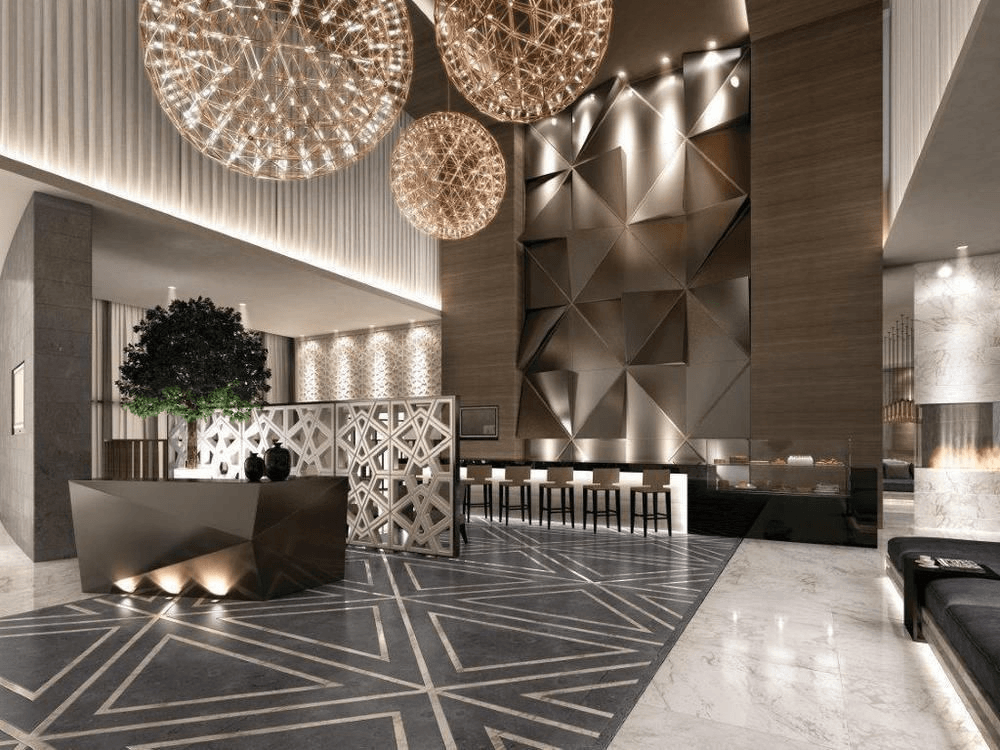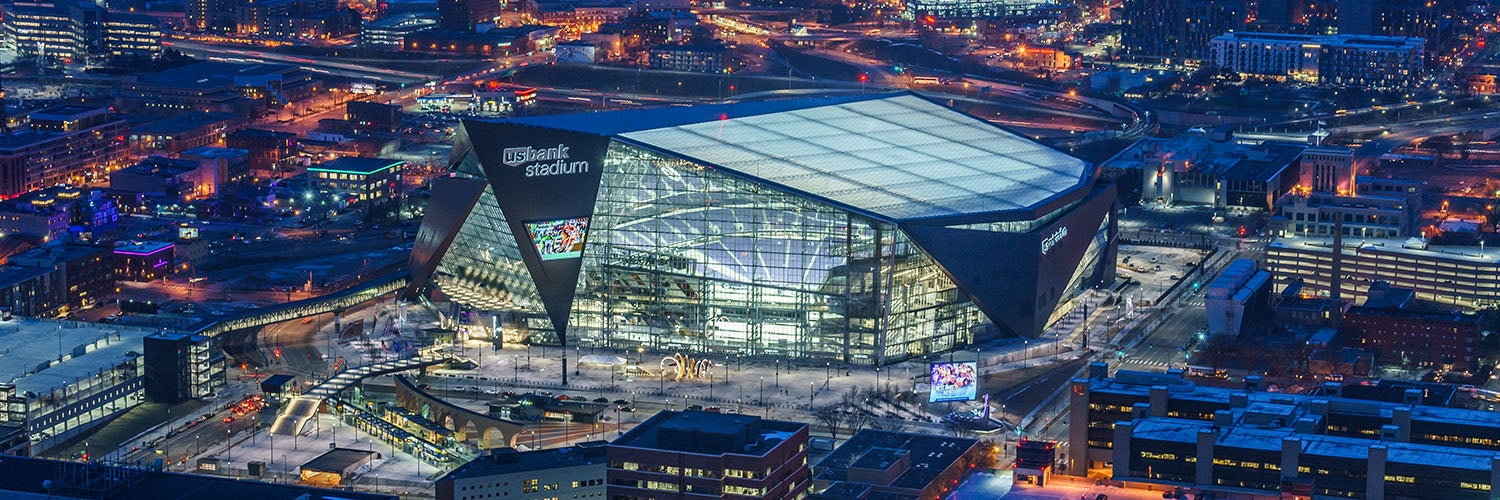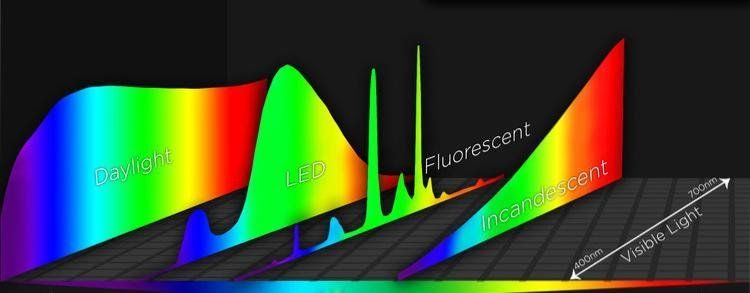Updated Bulbs Blinding You? Here's Some Help
One of the most common complaints regarding LEDs has historically been that they are “too bright.” The first generations of LEDs were fairly crude and emitted somewhat harsh, bright white light that wasn’t terribly high quality and didn’t mimic what we as a society had become accustomed to over generations of living with incandescent lights. LEDs have come a very long way even in the past few years and they now rival incandescents’ quality while being simultaneously much more energy efficient.
Even with these advances it’s possible that the LED bulb you bought to replace your defunct incandescent is much brighter than what you were expecting even if it has the same equivalent wattage. Most of us are used to associating wattage with brightness. That has traditionally been the way bulb manufacturers measured or approximated the light a given bulb would emit. A 40-watt bulb emits much less light than a 100-watt bulb, for example. LEDs deal with equivalent wattage, an approximation of what you could expect if the LED were an incandescent. So a 9-watt LED may be “equivalent” to a 60-watt incandescent while using much less energy and, potentially, producing quite a bit more light. A better, more direct way to measure light is using lumens.
| Lumens | Incandescent Light | LED Light |
|---|---|---|
| 450 | 40 Watt | 6 to 9 Watts |
| 800 | 60 Watt | 8 to 12 Watts |
| 1100 | 75 Watt | 9 to 13 Watts |
| 1600 | 100 Watt | 16 to 20 Watts |
| 2600 | 150 Watt | 25 to 28 Watts |
The preceding chart gives you a rough idea of the lumens associated with wattage for both incandescents and LEDs. One of the reasons your bulb looks too bright could be that the bulb you’re using is toward the higher end of the LED wattage range. Looking at the 60- and 75-watt LED equivalents, you can see that there’s some overlap. 12 watts is at the top of the 60-watt equivalent range but also falls within the 75-watt equivalent range. Obviously not all LEDs are created equal, but this is one reason it may look brighter.
Another reason it could look brighter is more technical, but much more interesting and it has to do with the kind of light emitted by incandescent vs LEDs bulbs.
As you can see from the chart above, the amount of visible light emitted by incandescent vs. LED bulbs is very different. Incandescents are so inefficient largely because they lose so much of the energy they consume to heat. Incandescent light follows a very smooth curve that rises gradually. Its strongest light is toward the red end of the visible spectrum. As light approaches the end of what we can perceive, most of its energy (up to 90%) is actually in the infrared part of the spectrum. Invisible to us, but making the bulb hot to the touch.
By contrast, the LED spectrum produces very little light toward the infrared end of the spectrum. LED light is engineered to be as efficient and useful as possible. The majority of an LED’s light is squarely in the middle of the light we can perceive. It loses nearly nothing to infrared light, which is one of the reasons LEDs typically don’t heat up even after hours of continuous use. The higher concentration of light emitted in the middle of our visible spectrum can also contribute to the light being perceived as brighter.
The color temperature (CCT) can also alter the perceived brightness. CCT ranges from an orange color, around 2200K, up to a blue color (i.e. 6500K, which simulates daylight). A standard incandescent is usually around 2700K, emitting the warm light you are used to. An LED of the same color temperature and lumens will have a similar glow but will still be brighter. If you replace that 2700K incandescent with a 4000K LED, you are going to go from a yellowish light to a cool white. Large jumps like that are noticeable and can drastically affect your perception of how bright the light actually is.
There are a few ways to mitigate any unexpected brightness from your new LEDs. If the bulbs you purchased are dimmable you can pair them with either wall switch or plug-in dimmers, depending upon your needs.
Lamp shades are not only decorative, they also provide an effective and inexpensive way to diffuse the light and control its brightness. There are myriad shapes, materials, and styles of lamp shade that will create different effects depending upon your preference. Depending upon your fixtures it maybe possible to swap out either the clear bulbs or light covers for frosted ones, diffusing and cutting down on some of the harsher light.
Whatever your situation, HardWire Lighting is your one-stop shop for your LED upgrade.
Contact us today for a free consultation.





